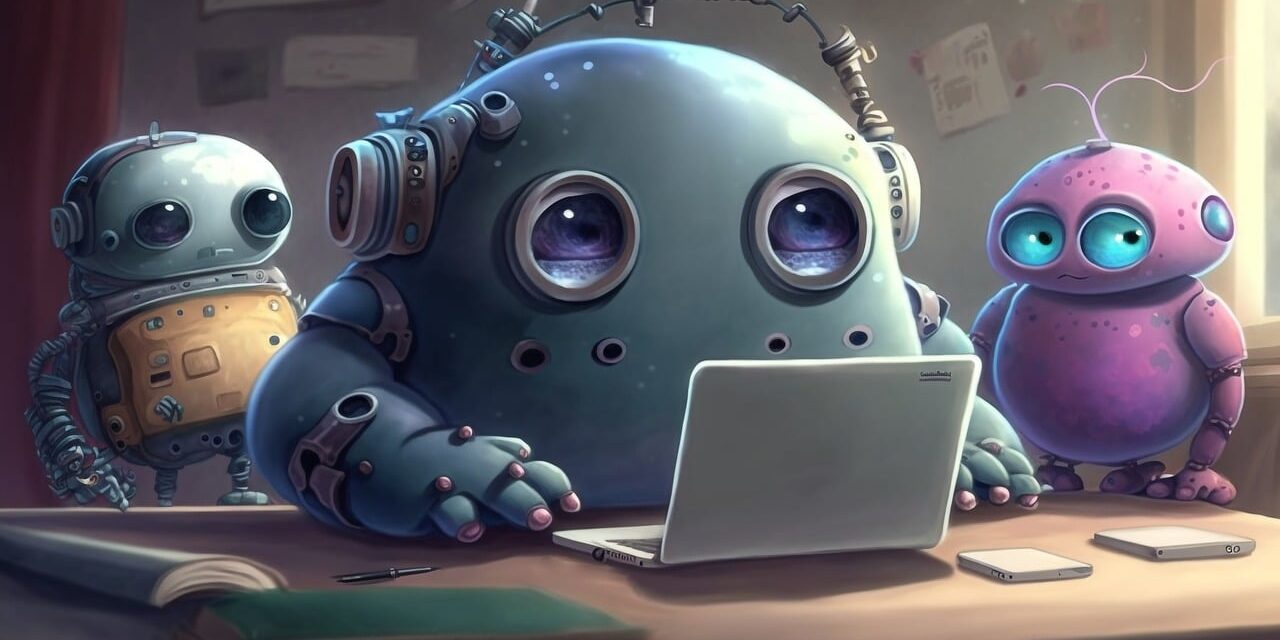Introduction to Chatbots
Chatbots In an era marked by rapid technological advancements, one innovation stands out as a transformative force in communication and automation – chat. These intelligent conversational agents have evolved from basic scripted responses to sophisticated virtual assistants, redefining the way businesses and individuals interact with technology. In this blog post, we will explore the rise of chatbots and their profound impact on the future of communication and automation.
-
The Evolution of Chatbots: From Scripted Responses to AI-Powered Conversational Agents
- Early Days: The concept of It dates back to the 1960s, but it wasn’t until recent years that they gained mainstream prominence.
- Rule-Based Systems: Initially, It operated on predefined rules and scripts, limiting their ability to handle complex interactions.
- AI Integration: Advances in artificial intelligence (AI) and natural language processing (NLP) have empowered It with the ability to understand and respond to user queries in a more human-like manner.
-
Enhancing Customer Experience: Chatbots in Business
- 24/7 Availability: One of the key advantages of chatbots is their round-the-clock availability, providing instant responses and support to users.
- Personalization: AI-driven It analyze user data to deliver personalized experiences, tailoring interactions based on individual preferences and behaviors.
- E-Commerce and Sales: It have revolutionized the e-commerce sector by assisting users in product selection, providing information, and even facilitating the purchase process.
-
Streamlining Operations: Chatbots in Automation
- Task Automation: Chatbots excel in automating routine and repetitive tasks, freeing up human resources to focus on more complex and strategic activities.
- Workflow Integration: Integration with existing systems allows chatbots to streamline workflows, reducing operational inefficiencies and enhancing productivity.
- Data Analysis: Advanced chatbots can analyze vast amounts of data in real-time, providing valuable insights for decision-making and business optimization.
-
Challenges and Considerations in Chatbot Development
- Ethical Considerations: As chatbots become more sophisticated, issues such as data privacy, security, and bias must be addressed to ensure responsible AI development.
- User Experience: Striking the right balance between automation and human touch is crucial to avoid frustration and maintain a positive user experience.
- Continuous Learning: It must continuously learn and adapt to evolving user needs and language patterns, requiring ongoing updates and improvements.
-
The Future Landscape of Chatbots: AI Advancements and Beyond
- Conversational AI: Continued advancements in conversational AI will lead to more natural and context-aware interactions, bringing chatbots closer to human-like conversations.
- Multimodal Capabilities: Integration of voice, images, and gestures will expand Its’ capabilities, enabling more versatile and immersive user experiences.
- Cross-Industry Applications: It will extend beyond customer service, finding applications in healthcare, education, and various other industries.
Conclusion
As we navigate the ever-evolving landscape of technology, It emerge as a powerful force reshaping communication and automation. From enhancing customer experiences to streamlining business operations, the potential applications of chats are vast. As we embrace this transformative technology, it is essential to navigate the challenges responsibly, ensuring a future where Its contribute positively to our interconnected digital world. The journey of chatbots is not just a technological evolution but a paradigm shift in the way we communicate and automate tasks.





